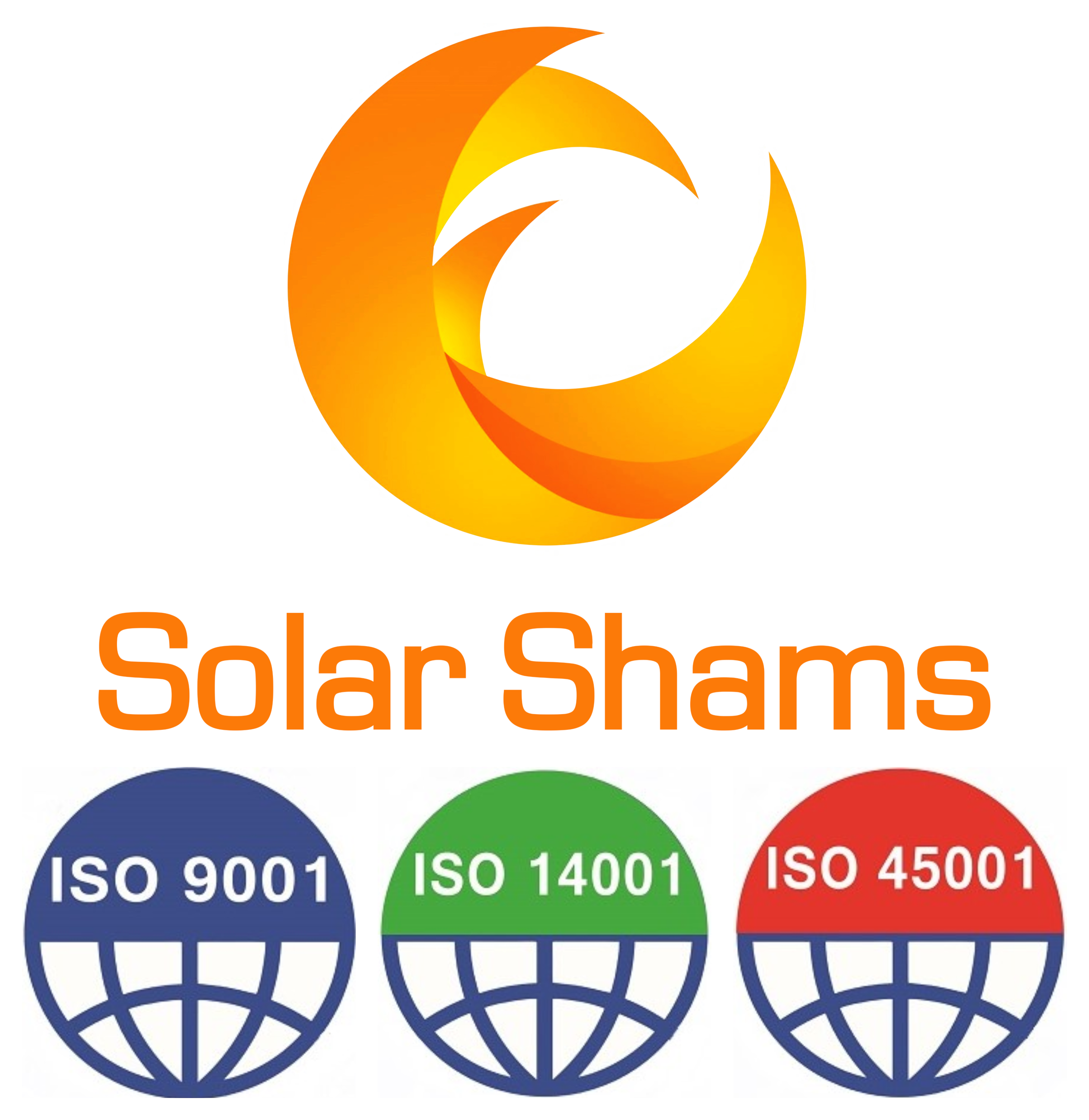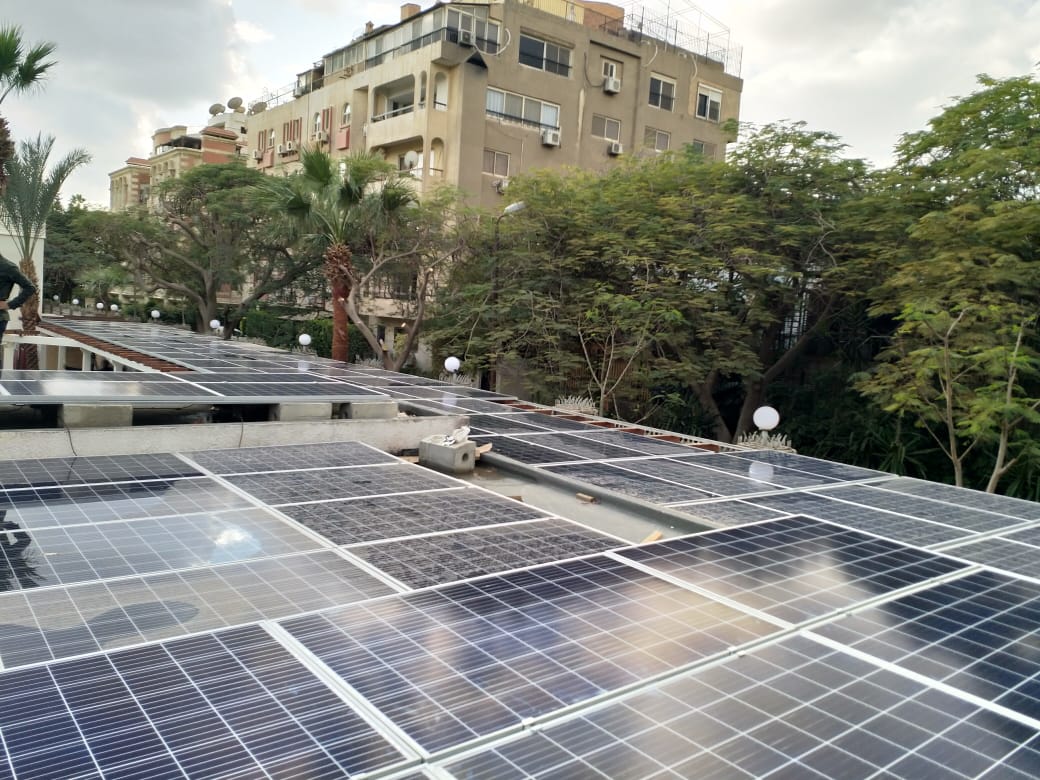- Home
- Technology Solutions
- Market Applications
- Services
- Engineering, Procurement & Contraction (EPC)
- Solar Projects Development (include feasibility studies)
- Construction & Projects Management
- Independent Power Production (IPP) (include investment)
- Investment & Financing
- Operation & Maintenance (O&M)
- Measurement
- Industrial Roof
- Independent Power Production (IPP) (include investment)
- Projects
- About Us
- News
- Celebration of the national day of Switzerland
- Interview on Al-Hadath Satellite Channel
- Reward from Emisal
- Schlumberger 0.5 MWp Car Shade Testing & Commissioning
- Sky News Report
- Swiss Ambassador's Residence Website
- Hadith Al Saa’a: the crisis of investment in renewable energy between investors and the government
- Installation at Kandil Steel Kama II
- Solar Expo & Forum Exhibition
- The Solar Show MENA 2020
- Careers
- Contact Us
Solar desalination
Solar desalination is a technique to desalinate water using solar energy. There are two basic methods of achieving desalination using this technique; direct and indirect. Sunlight may provide heat for evaporative desalination processes, or for some indirect methods, convert to electricity to power a membrane process.
Methods
In the direct method, a solar collector is coupled with a distilling mechanism and the process is carried out in one simple cycle. Solar stills of this type are described in survival guides, provided in marine survival kits, and employed in many small desalination and distillation plants. Water production by direct method solar distillation is proportional to the area of the solar surface and incidence angle and has an average estimated value of 3–4 litres per square metre (0.074–0.098 US gal/sq. ft). Because of this proportionality and the relatively high cost of property and material for construction direct method distillation tends to favour plants with production capacities less than 200 m3/d (53,000 US gal/d).
Indirect solar desalination employs two separate systems; a solar collection array, consisting of photovoltaic and/or fluid based thermal collectors, and a separate conventional desalination plant. Production by indirect method is dependent on the efficiency of the plant and the cost per unit produced is generally reduced by an increase in scale. Many different plant arrangements have been theoretically analysed, experimentally tested and in some cases installed. They include but are not limited to multiple-effect humidification (MEH), multi-stage flash distillation (MSF), multiple-effect distillation (MED), multiple-effect boiling (MEB), humidification–dehumidification (HDH), reverse osmosis (RO), and freeze-effect distillation.
Indirect solar desalination systems using photovoltaic (PV) panels and reverse osmosis (RO) have been commercially available and in use since 2009. Output by 2013 is up to 1,600 litres (420 US gal) per hour per system, and 200 litres (53 US gal) per day per square metre of PV panel. Municipal-scale systems are planned. Utirik Atoll in the Pacific Ocean has been supplied with fresh water this way since 2010.

